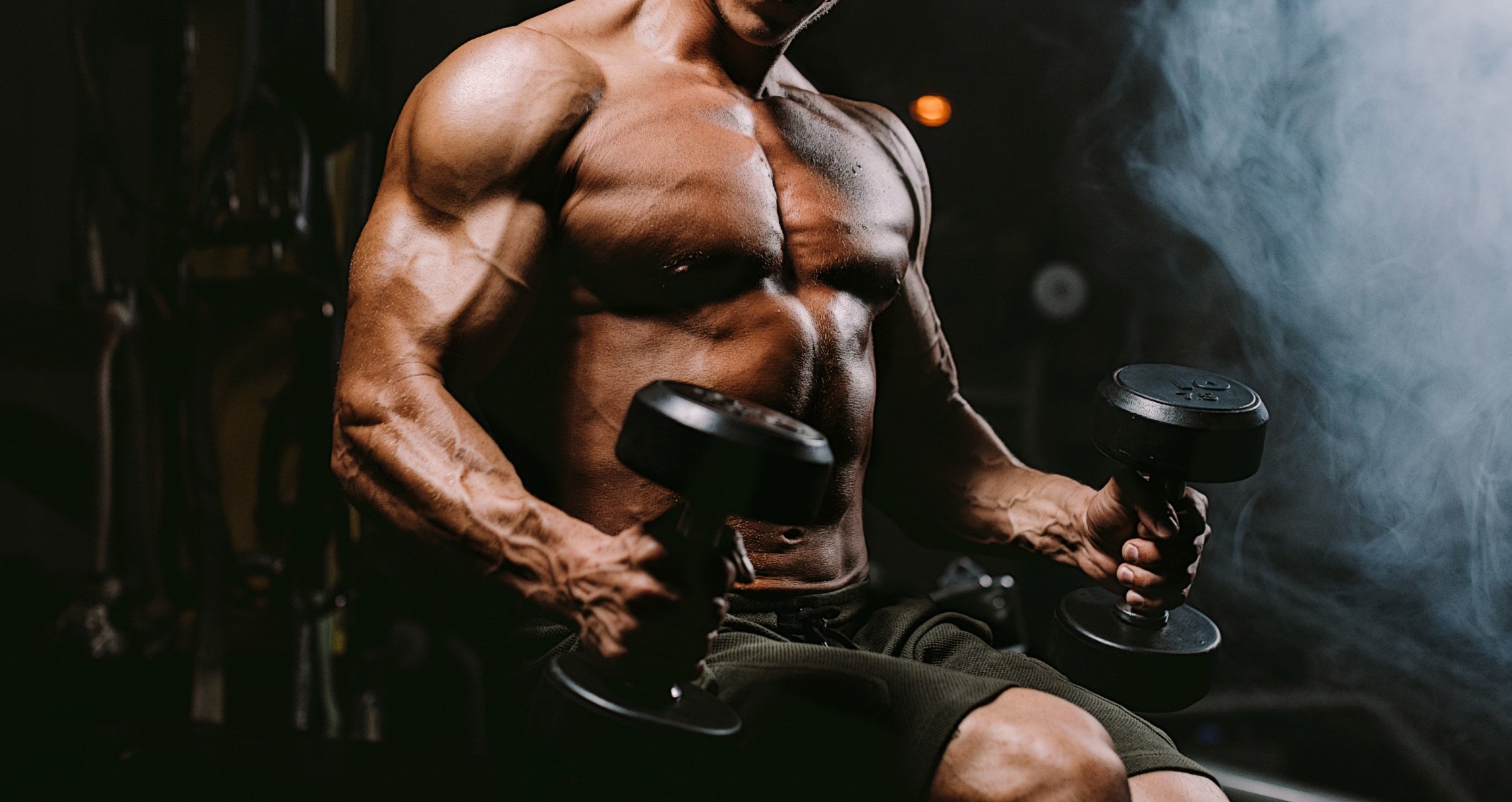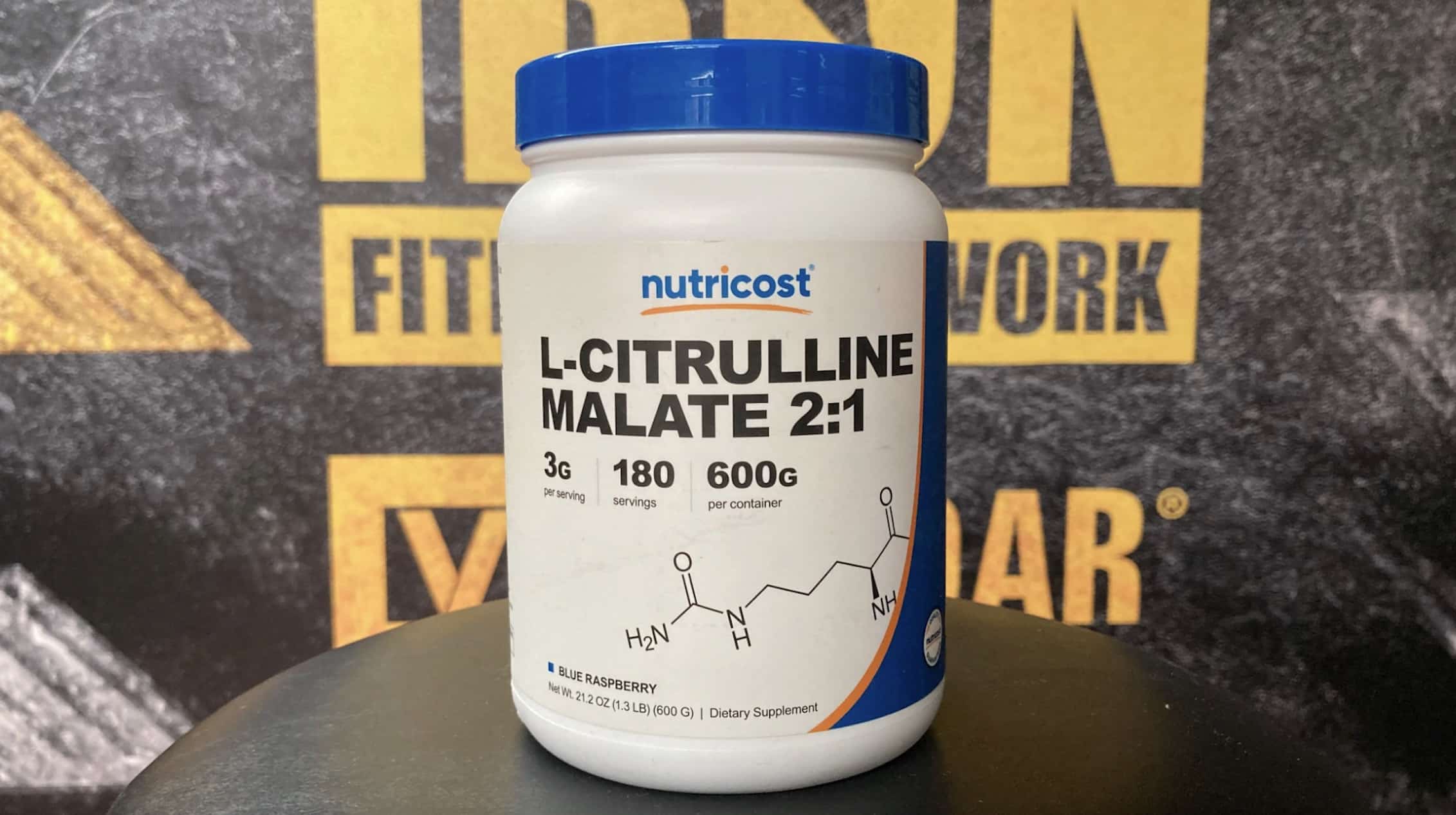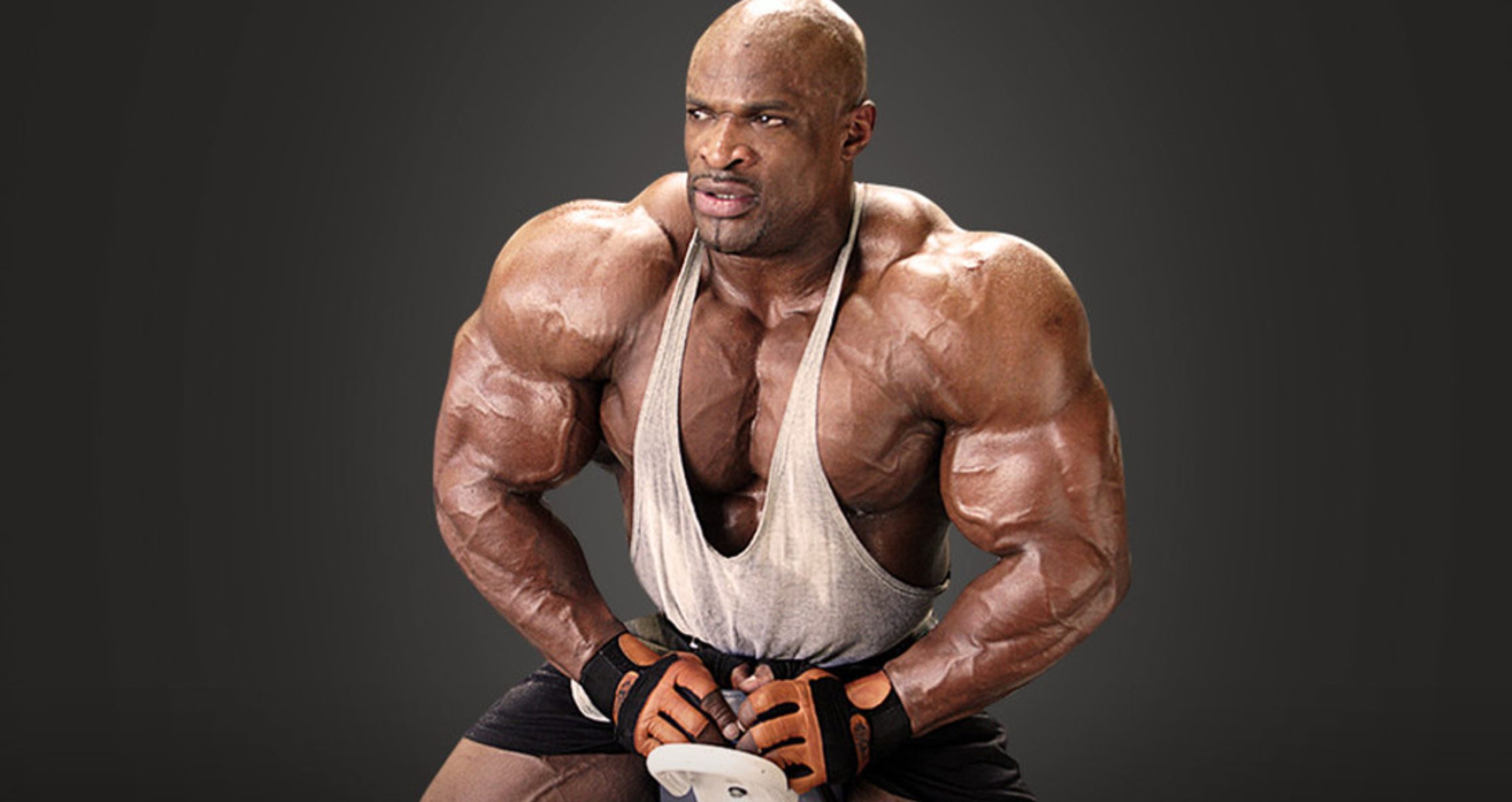Block pulls shorten your range of motion on deadlifts, protect your lower back, and improve deadlift performance.
If deadlifts are part of your workout routine or you want them to be without injury, this is for you. Widely regarded as one of the most effective strength training and functional exercises, deadlifts target the posterior chain while enhancing grip strength (1). However, mastering the deadlift requires more than just picking up a barbell — it’s a highly technical exercise that demands proper form to execute safely and effectively.
To truly benefit from deadlifts, you must lift substantial weight and create tension in your lower back, which requires a solid foundation of strength, mobility, and power. While starting with lighter weights is a smart way to learn the movement safely and protect your lower back, it might not build the target muscles effectively.
Enter the block pull. This deadlift variation is a game-changer, effectively enhancing strength, refining form, and improving lockout. But what exactly is a block pull, and why should you incorporate it into your training? In this article, we’ll explore the block pull exercise, its key benefits, and why it’s an essential tool for improving deadlift performance.
Technique & Muscles Worked
The block pull is a deadlift variation that uses the same muscles as the conventional deadlift. It targets the erector spinae, lower back, rhomboids, traps, lats, hamstrings, quads, calves, adductors, glutes, forearms, and core muscles. The exercise also strengthens the hip and knee joints and improves grip strength.
One big difference between doing the block pull and conventional deadlifts is using a pair of blocks. Placing the barbell on the blocks or platform shortens the range of motion compared to regular deadlifts, where you must pull from the floor. This allows you to overload the top part of the movement, improves your lockout when doing a deadlift, and protects your lower back. It’ll also place more tension on the hamstring and glutes, similar to a Romanian deadlift.
For block pulls, you can use barbells, dumbbells, or kettlebells like regular deadlifts. You can add resistance bands to maintain constant tension throughout the movement to improve muscle growth. Setting up the equipment for the block pull involves placing a pair of blocks or a raised platform on each side. Ensure the bar rests on the block at least three or four inches below the kneecap. Here is a step-by-step guide to performing the block pull exercise using a barbell.
- Set up the blocks and carefully place the barbell on them. Ensure the barbell is at least a few inches below your knee.
- Stand behind the barbell with a slight bend in your knees and your feet shoulder-width apart.
- Hinge your hips, lean forward until your upper body is parallel to the floor, and grab the barbell using an overhand or mixed grip. This is your starting position.
- Brace your core muscles, tighten your glutes, pull your shoulders back, and slowly lift the bar while dropping your hips.
- Keep your back straight, drive through your feet, and stand up, extending your hips and knees.
- Lower the bar back slowly to the blocks.
Benefits
The block pull exercise is a variation of the deadlift that is equally effective in building and strengthening target muscles. Incorporating this exercise into your training can have some benefits.
Works Posterior Chain Muscles
Like deadlifts, block pulls work posterior chain muscles, including your back and lower body muscles. This allows you to lift heavier loads and improves functional movements. It also enhances your explosive movements, coordination, and form during exercises, which results in better athletic performance.
More Hamstring & Glute Activation
Due to the shortened range of motion, the block pull puts more tension on your hamstrings and glutes, similar to a Romanian deadlift compared to conventional deadlifts from the ground.
Protects Your Lower Black
Conventional deadlifts require lifting the bar from the floor using a full range of motion. However, for those who aren’t that flexible, especially for tall guys, this can be quite challenging since it can cause you to round your lower back, increasing the risk of injury. This exercise allows you to shorten your range of motion and execute the exercise without rounding your back and risking injuries.
Better Lockout
This movement is an excellent routine for improving lockout. While doing a deadlift, some lifters can get stuck at different points. For some, it might be midway or at the lower part, while others have problems with the top part, which is when they lock out. Block pulls can help train this part of the movement, and powerlifters use them as an accessory exercise for this very reason.
Great for Warm Ups
Block pulls are a great way to prepare for your major deadlifts. They’re not as stressful as deadlifts and require a smaller range of motion to execute. So you can use block pulls in your next big back day or deadlift training day as warmups.
Alternatives
Block pulls are effective compound exercises for working your back and lower body muscles. However, if you want to expand your exercise arsenal and work similar muscles, here is a list of other alternatives.
Romanian Deadlifts
Romanian deadlifts closely mimic block pulls because they’re like conventional deadlifts except with a shortened range of motion like block pulls. A major difference is that the barbell never remains idle, and instead, you keep constant tension in your muscles since you don’t rest the barbell on the ground or blocks.
Kettlebell Swings
Kettlebell swings are strength training exercises that work similar muscles to block pulls. They work the lower back, hamstrings, core muscles, lats, and glutes. This exercise can also improve explosive strength (2).
Bulgarian Split Squats
The Bulgarian split squat is a squat variation that works the quads, glutes, and core muscles. One significant benefit of this exercise is it is unilateral. This allows you to focus on the target muscles on both sides and build a better mind-muscle connection, which is good for muscle growth.
FAQs
What is a block pull?
A block pull is a deadlift variation that works similar muscle groups to the deadlifts. The range of motion is the major difference between the block pull and deadlift. Deadlifts lift weights from the floor using a full range of motion. Block pulls use a shorter range of motion, starting just below your kneecaps.
What is the difference between a rack pull and a block pull?
The difference between rack pulls and block pulls is the equipment used. Rack pulls use a squat rack, barbell rack, or power cage for the barbell position. However, block pulls use blocks or weight plates on each side to achieve the perfect barbell height.
What to use for block pulls?
As mentioned above, you can use blocks on either side to elevate your barbell or dumbbells for the block pull. Some athletes also stack up weights to get the same effect. For more on doing this routine and the equipment to use, check out the exercise guide above.
Follow Generation Iron on Instagram, Facebook, and Twitter for more exercise guides!
References
- Martín-Fuentes, I., Oliva-Lozano, J. M., & Muyor, J. M. (2020). Electromyographic activity in deadlift exercise and its variants. A systematic review. PloS one, 15(2), e0229507. https://doi.org/10.1371/journal.pone.0229507
- Lake, J. P., & Lauder, M. A. (2012). Kettlebell swing training improves maximal and explosive strength. Journal of strength and conditioning research, 26(8), 2228–2233. https://doi.org/10.1519/JSC.0b013e31825c2c9b








